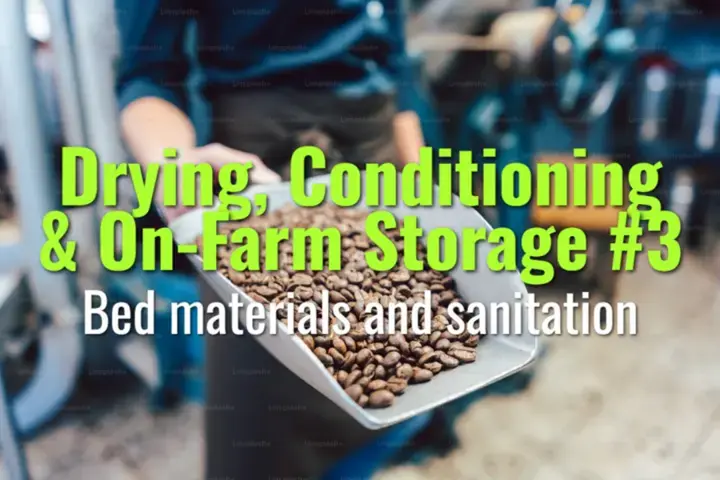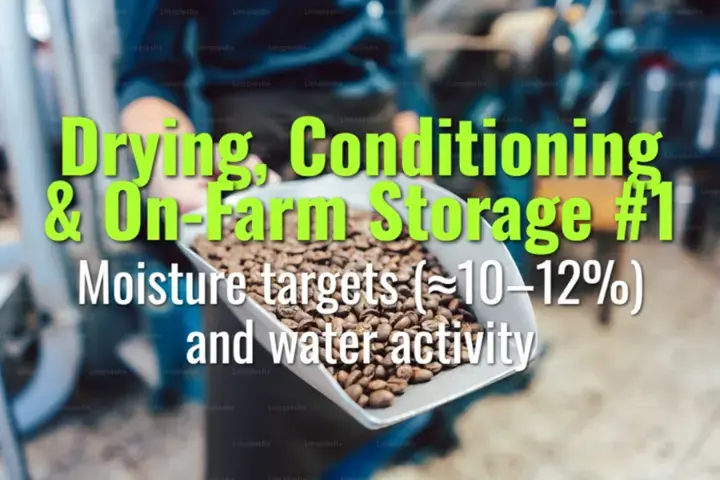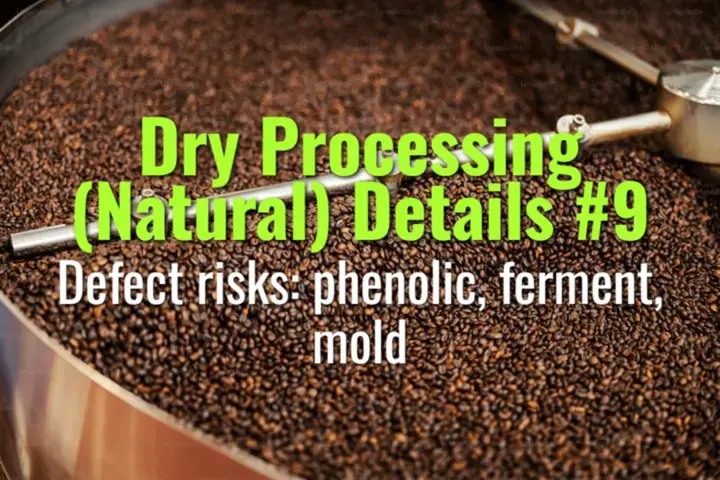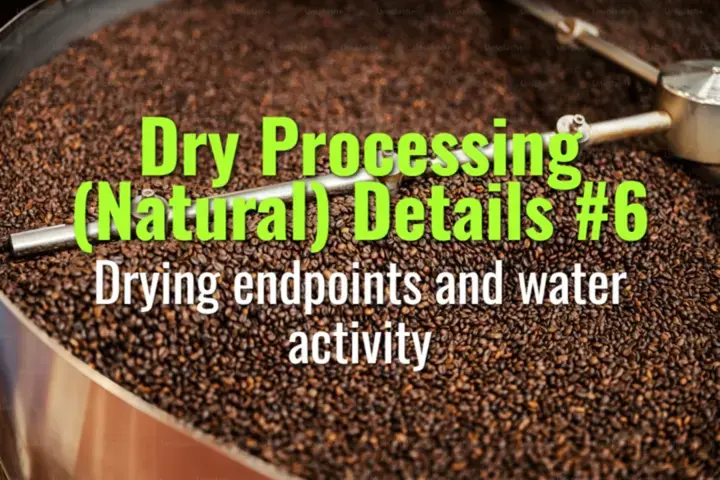
Bed materials and sanitation
This topic explains the types of bed materials used in coffee drying, their advantages and disadvantages, and why sanitation is essential for preventing defects and ensuring quality.

This topic explains the types of bed materials used in coffee drying, their advantages and disadvantages, and why sanitation is essential for preventing defects and ensuring quality.

This topic explains the importance of hitting correct moisture content and water activity targets in coffee drying, why they matter for stability and quality, and how farmers measure and manage them.

This topic explains drying curves in honey and pulped natural processes, how time to reach target moisture is managed, and why controlled drying is essential for flavor and stability.

This topic explains the main defect risks in natural (dry) coffee processing—phenolic, ferment, and mold defects—how they arise, and strategies for prevention.

This topic explains how farmers determine the correct drying endpoints in natural coffee processing, the role of water activity, and why precision at this stage ensures stability, quality, and shelf life.